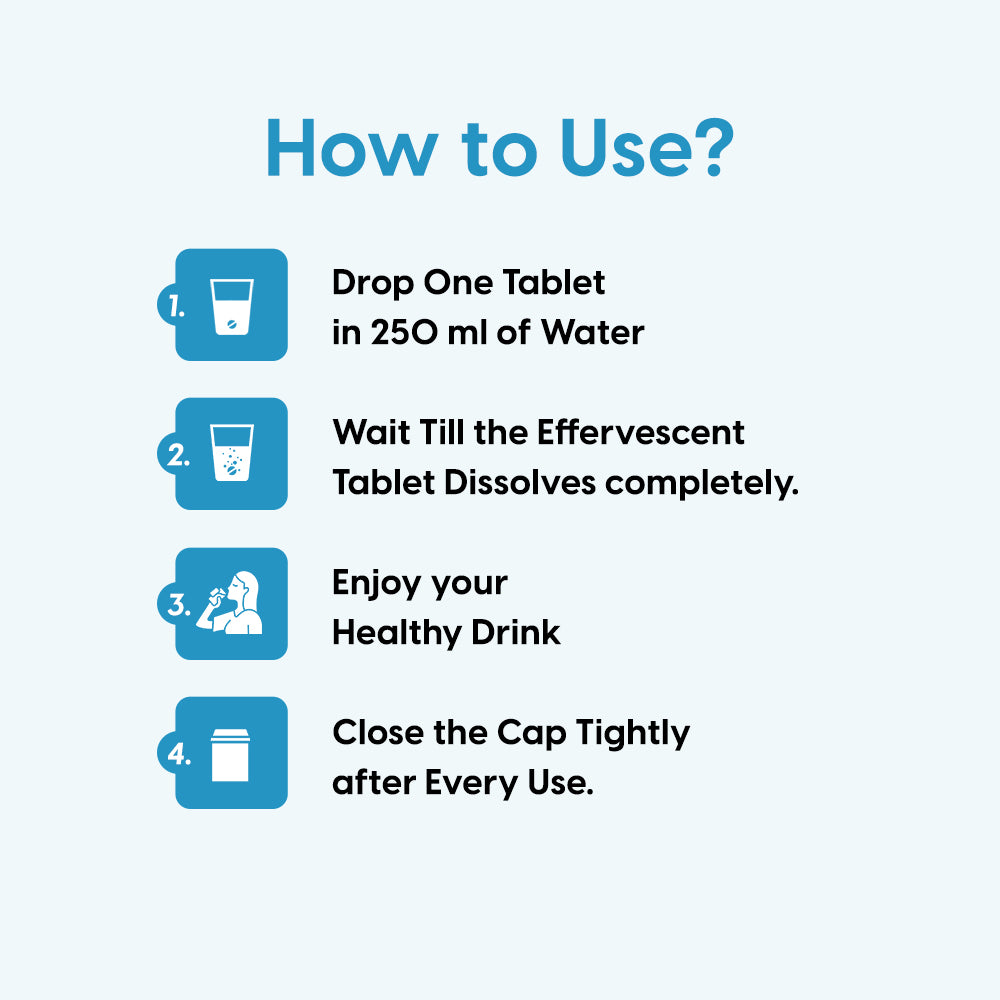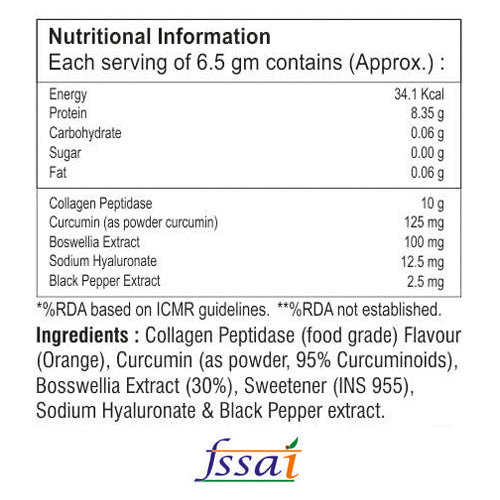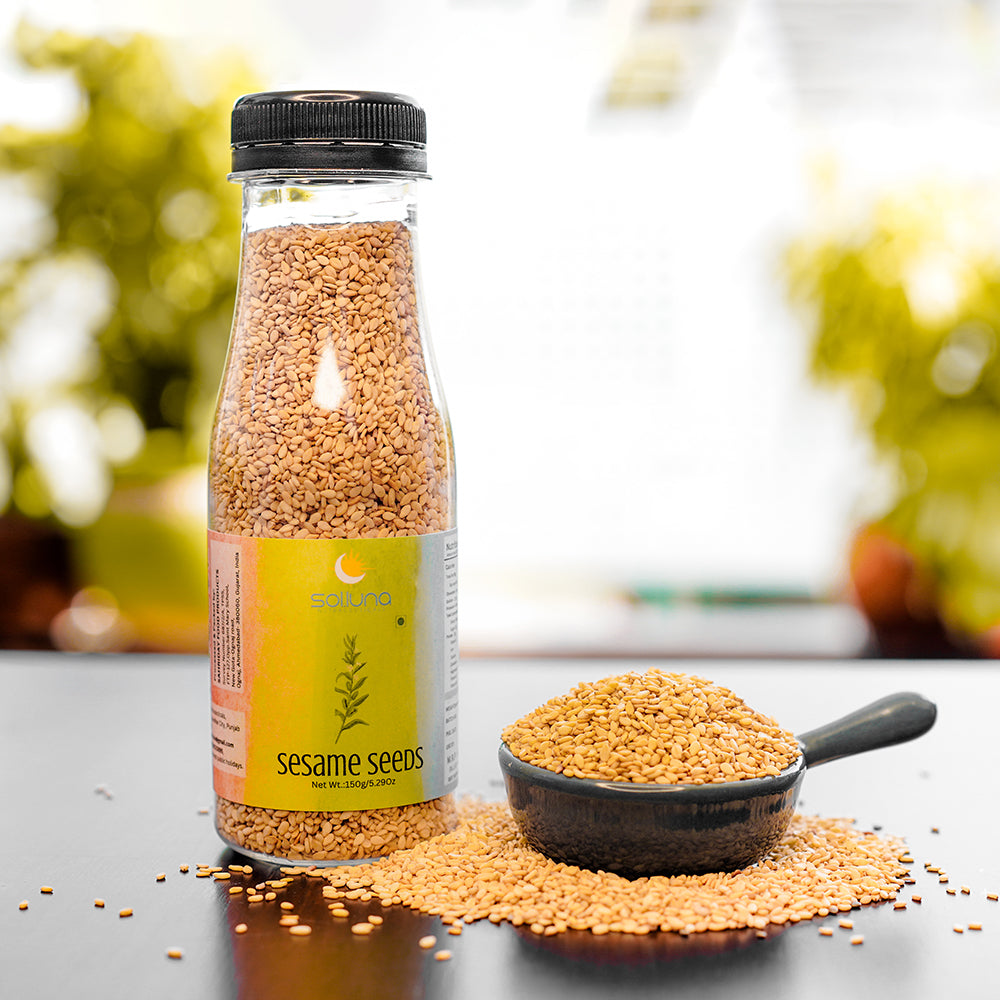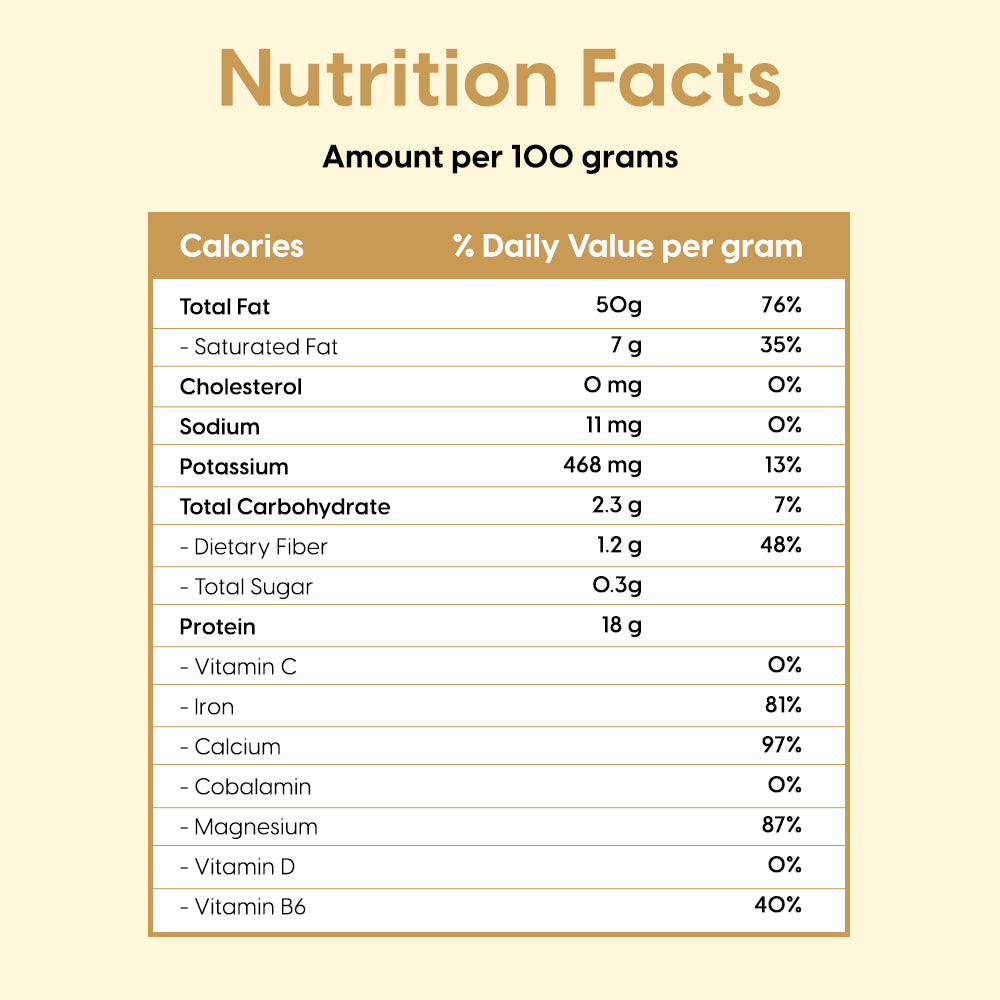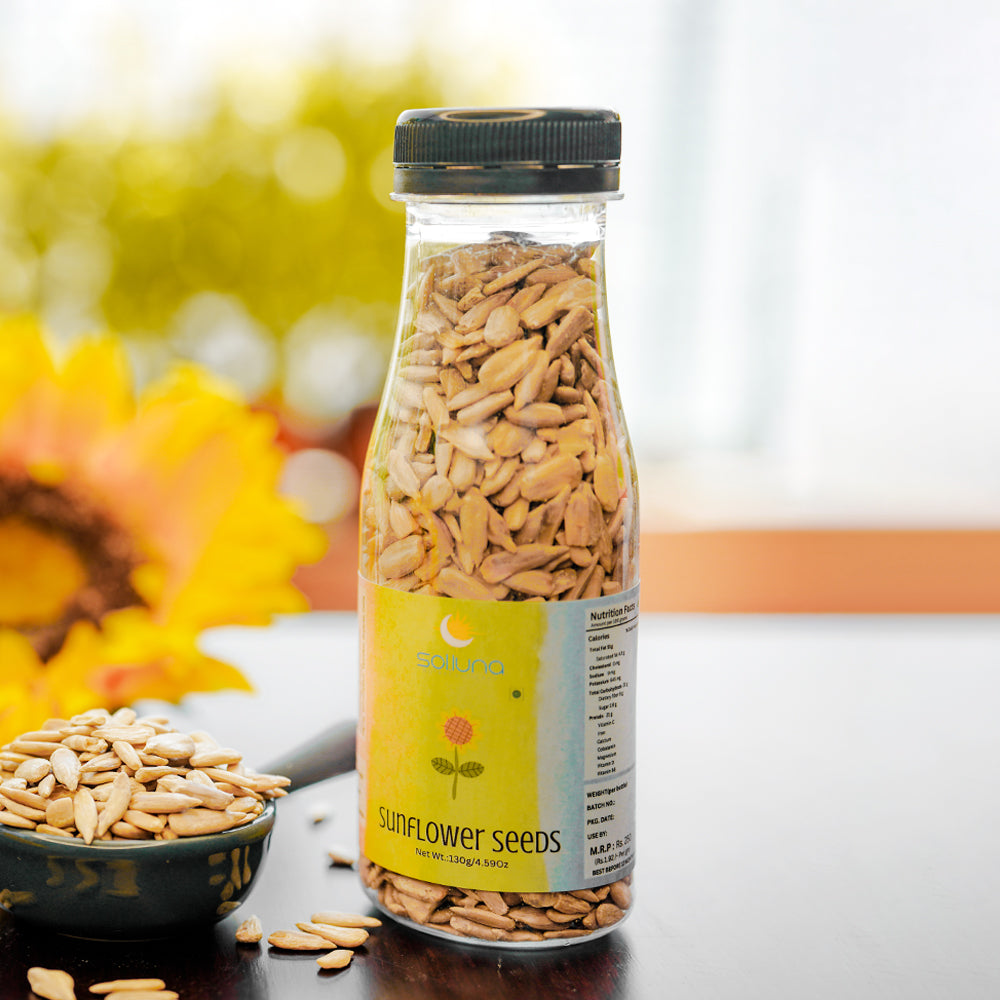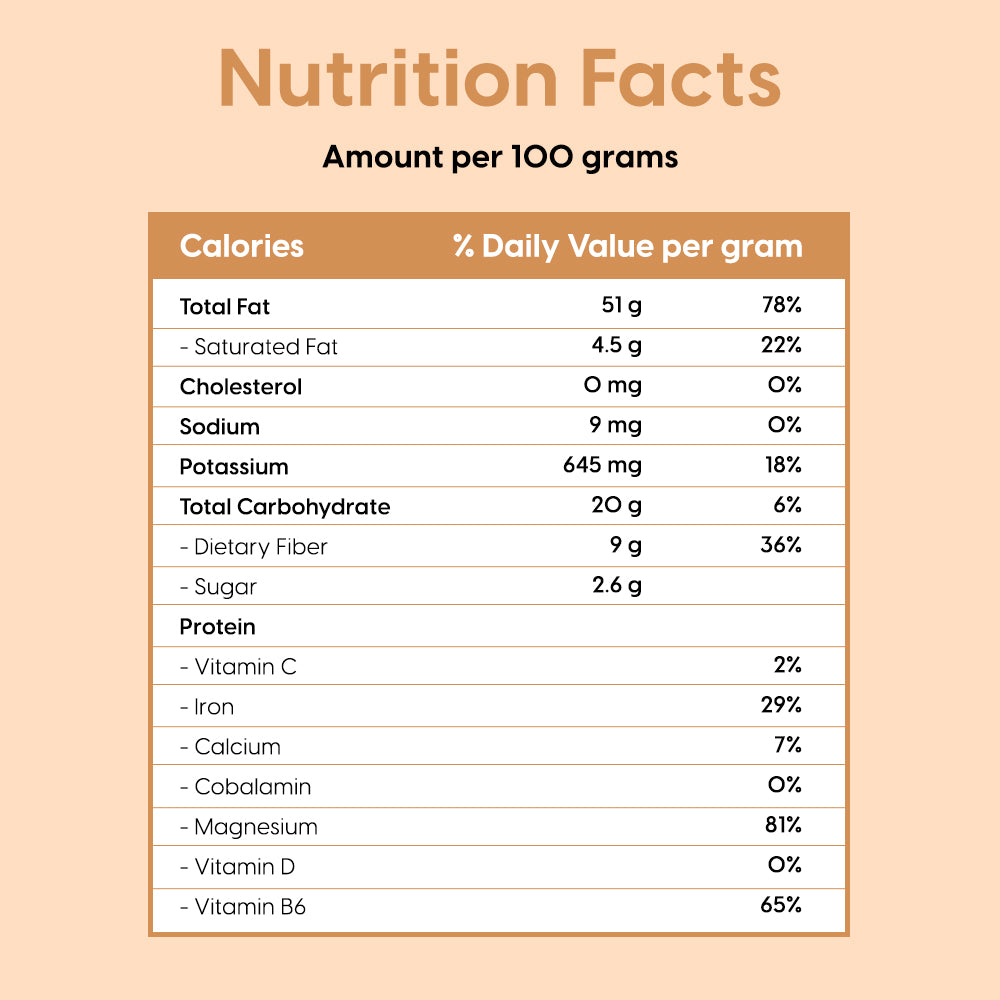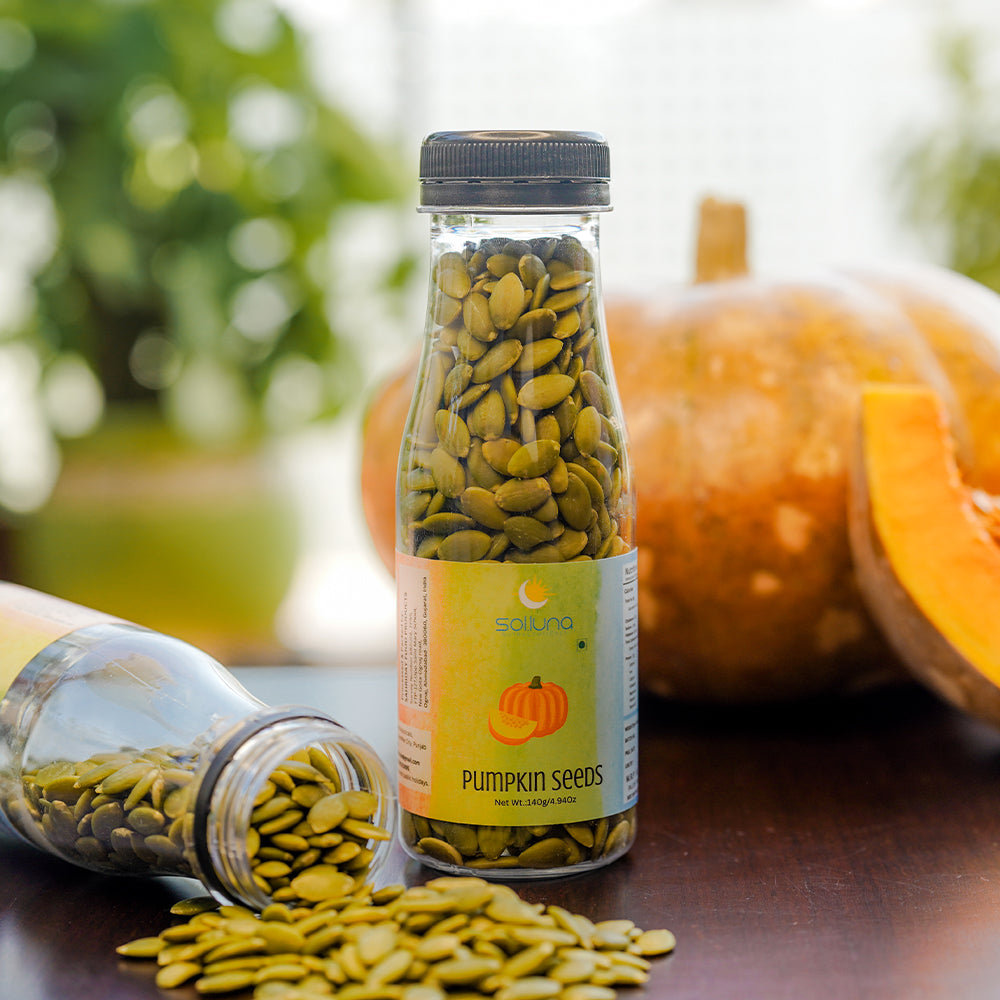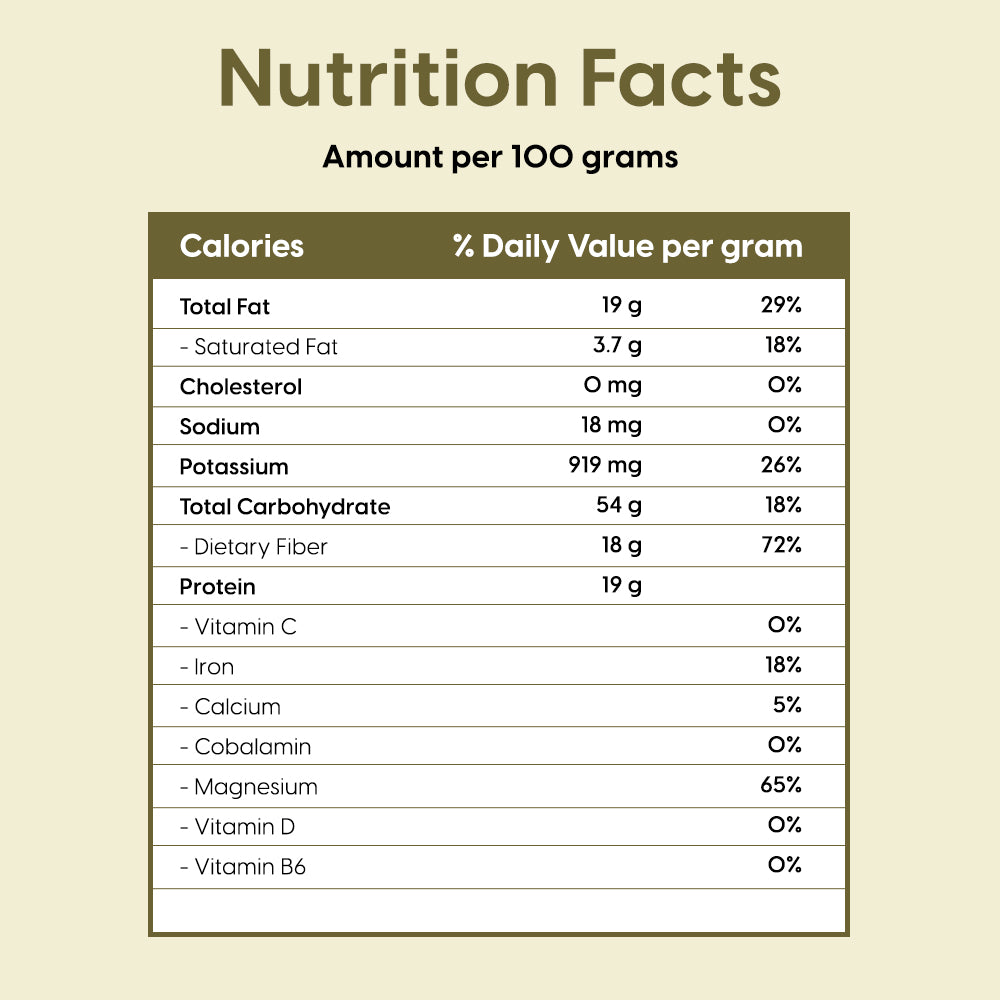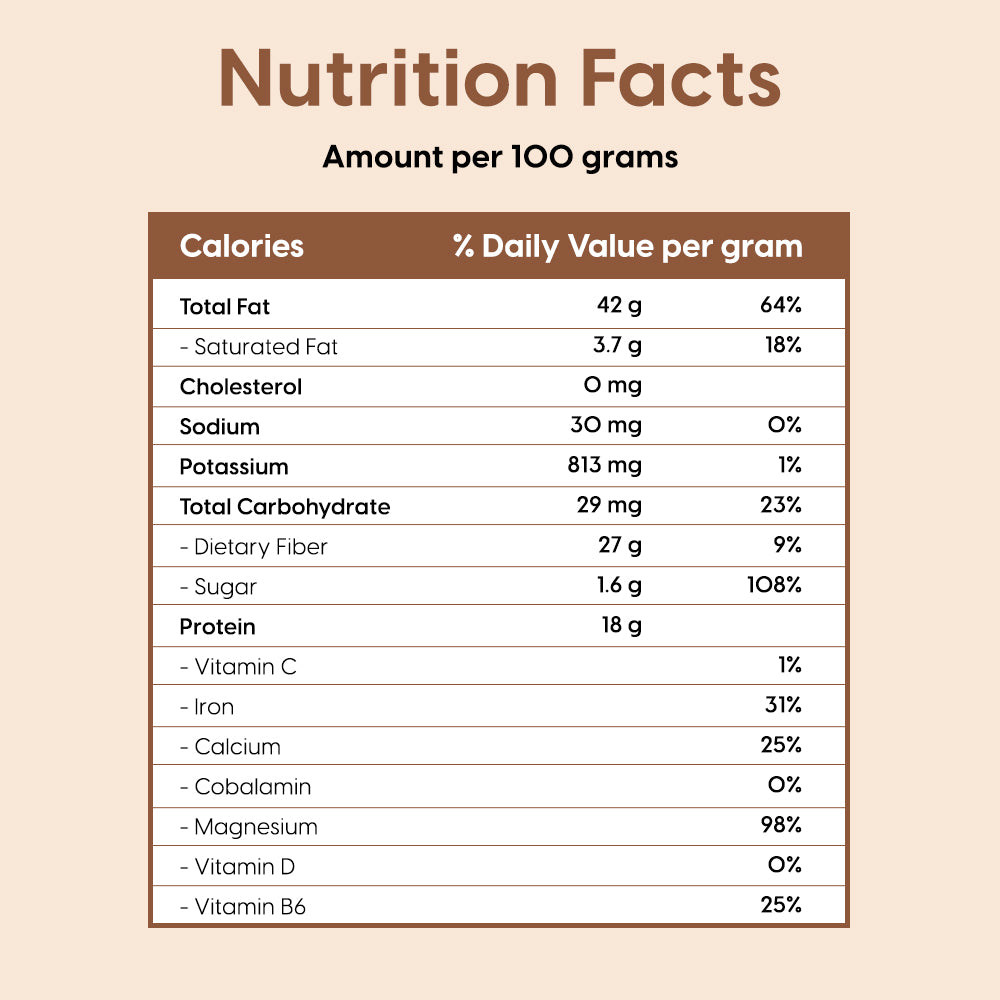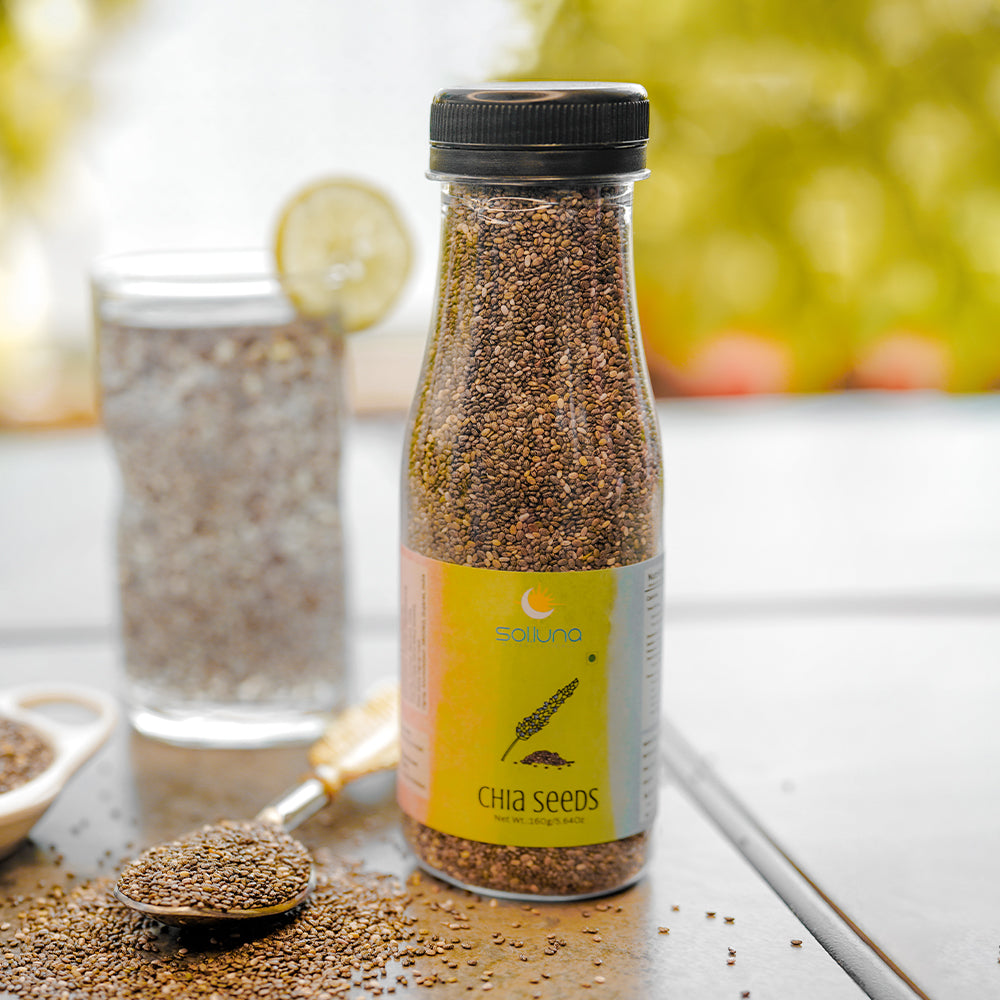
Meal Planning Ideas for People with Diabetes by the best Dietitians and Nutritionists in Jalandhar

Managing diabetes requires thoughtful planning and a focus on nutrition. A well-structured meal plan can help regulate blood sugar levels, maintain a healthy weight, and provide essential nutrients. Here are some practical meal-planning ideas to help you stay on track while enjoying a variety of delicious foods.
Carbohydrates have the most significant impact on blood sugar levels, so understanding how to manage them is key. Stay focused on complex carbs such as whole grains, legumes, and veggies. These foods digest more slowly, helping to stabilize blood sugar. Aim to include a source of healthy carbohydrates in each meal, but be mindful of portion sizes.
Tip: Keep track of how much intake of carbohydrates is by measuring them. This can help you make informed choices about what to eat and when.
Lean proteins are necessary for maintaining muscle mass and increasing satisfaction. Foods like chicken, turkey, fish, tofu, beans, and legumes are excellent choices. Including protein in your meals can help slow the absorption of carbohydrates and reduce spikes in blood sugar.
Sample Meal: Grilled chicken salad with mixed greens, cherry tomatoes, and a vinaigrette dressing is a satisfying option that balances protein and vegetables.
Non-starchy vegetables are low in calories and carbohydrates, making them an ideal choice for filling up your plate. Include a range of colorful veggies, such as spinach, broccoli, bell peppers, and zucchini. These veggies are high in fiber, vitamins, and minerals, which are essential for good health.
Meal Idea: A stir-fry with a mix of bell peppers, broccoli, and snap peas served over quinoa is not only vibrant but also nutrient-dense.
Healthy fats, such as those from avocados, nuts, seeds, and olive oil, can be beneficial for heart health. These fats can also help you feel full and satisfied, which is important in preventing overeating.
Tip: Use olive oil for salad dressings or cooking, and snack on a small handful of nuts to keep hunger at bay.
Snacks that can help keep blood sugar levels stable throughout the day. Opt for snacks that combine protein and fiber to keep you feeling full longer. Examples include Greek yogurt with berries, apple slices with almond butter, or hummus with carrot sticks.
Snack Idea: A small serving of cottage cheese topped with sliced peaches or berries provides a balanced option rich in protein and fiber.
Flavoring your meals with herbs and spices can enhance taste without adding extra calories or sodium. Experimenting with various flavors may make healthful dishes more appealing. Popular options include garlic, basil, cinnamon, and turmeric.
Meal Enhancement: A sprinkle of cinnamon on oatmeal or a dash of turmeric in a vegetable soup can add depth and flavor.
Aim to fill your plate with a balance of carbohydrates, proteins, and fats at each meal. A helpful guideline is the “plate method,” which suggests dividing your plate into sections: half for non-starchy vegetables, a quarter for lean protein, and a quarter for whole grains or starchy vegetables.
Example Plate: A platter of roasted sweet potatoes, grilled fish, and steamed broccoli is a good fit for this method.
Following your meals can provide valuable insights into your eating habits and help you identify patterns that affect your blood sugar levels. A food journal can assist you in recognizing what works for you and what doesn’t.
Tip: Use apps or basic notebooks to record what you consume and how it's making you feel. This practice can enhance your awareness and support better choices.
Set some time every week to organize the food you eat. Having a meal prep day can simplify your week, allowing you to cook in batches and portion meals in advance. This approach minimizes the temptation to grab unhealthy options when you’re busy or tired.
Conclusion
Staying on track with diabetes management is achievable with thoughtful meal planning. By focusing on balanced meals, experimenting with flavors, and being mindful of your choices, you can enjoy a varied and satisfying diet while maintaining stable blood sugar levels. Remember, it's about progress, not perfection.










